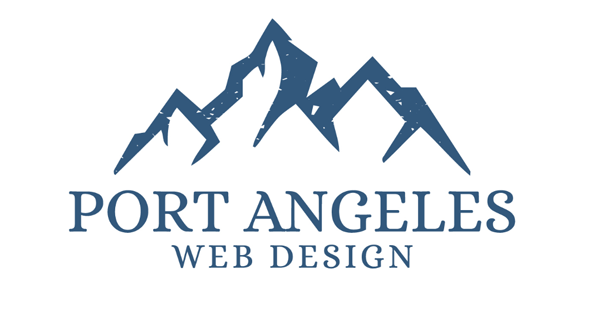Holiday online shopping are set for record-breaking rates!
Read how you can reach customers and beat your Q4 goals.

I know, autumn has just started, and you are still in the Halloween planning mode, and here is yet another article talking about holiday ecommerce marketing and your Q4 goals.
Just because you are enjoying the present and getting the full fall experience, doesn’t mean you shouldn’t be building your holiday shopping marketing plan. For most of us, past experience has proven that waiting until the last minute to build your online holiday messaging and promotions yields less than stellar results. I’m guessing you have had the same experience.
Trying to cram online marketing efforts into an already increasingly frantic holiday season creates even more stress.
Consider these data-driven forecasts by salesforce:
· Online spending will remain large. Sales in November and December are predicted to reach $265 billion in the U.S. That’s a 3% increase above pre-pandemic levels.
· Increasing prices will mean fewer orders. It’s expected that there will be 5% fewer orders compared to the 2021 holiday season.
· Profit margins will tighten. Rising supply, labor, and transportation costs cut into the bottom line. Research shows that 10% of retailer profits are at risk because rising costs are outpacing what can realistically be passed on to consumers.
· Holiday shoppers will seek out sustainable products.
Now that we have this information, let’s put it to practical use.
· Personalize your messaging. Update your website so that it ‘speaks’ directly to the visitor. You can do that by replacing lengthy text on your webpages with call-to-action buttons.
· Use your website’s built-in marketing tools. People are starting their holiday shopping early. They may not be buying right away, but they are looking and adding products they like to their favorite’s lists. Most ecommerce sites allow you to follow up with visitors who have marked something as a ‘favorite’. Be sure to utilize every tool you have available to follow up with existing shoppers.
· Use loyalty programs and send out promotions to existing customers early. It’s cheaper to retain existing customers than to reach new ones.
· Create holiday email campaigns. Email is one of the most effective ways to reach out. Remember, everyone’s mailbox is blasted with emails these days. Get creative! Use visuals rather than lengthy text. Always include a call-to-action that takes your customer to the relevant webpage. Make your offers exclusive. Limit the time the offer is valid. People are more likely to act when they understand that the offer is limited.
· Include your holiday calendar that tells people how much time is remaining to place an order for it to arrive in time.
· Create an email signup call-to-action for getting alerts when specials are announced.
Now is the time to start working on your holiday marketing! Let us know how we can help.



